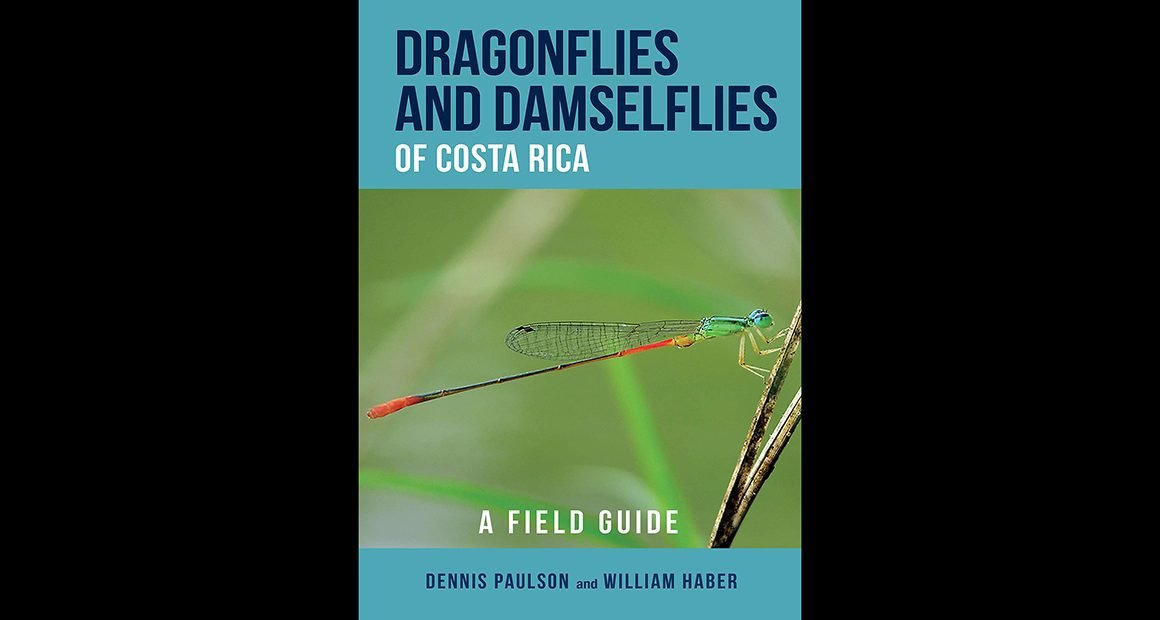
Nature enthusiasts visiting Costa Rica have been blessed with a plethora of field guides and handbooks, from Richard Garrigues and Robert Dean’s The Birds of Costa Rica: A Field Guide (2014) to Philip DeVries’ two-volume guide on The Butterflies of Costa Rica and Their Natural History (1987–out-of-print and a little old but still essential and available from used sources) to numerous photography guides on Costa Rica’s amphibians, plants, and mammals. Still, I have been stuck trying to identify a dragonfly I photographed in 2010. Some odonates (dragonflies and damselflies) are included in Costa Rica nature guides, but there are hundreds of these beautiful creatures flying around the diverse habitats of Costa Rican and there has not been a guide devoted just to them till now. Dragonflies and Damselflies of Costa Rica: A Field Guide by Dennis Paulson and William Haber fills a large gap in the field guide coverage of Costa Rica and continues the high level of excellence set by Paulson’s previous guides to dragonflies and damselflies of eastern and western North America.
Dragonflies and Damselflies of Costa Rica: A Field Guide covers 113 damselfly species and 170 dragonfly species, a total of 283 species. Consider that Paulson’s Dragonflies and Damselflies of the East (2012) covers 336 odonate species and think about the difference in geographic size and you get a sense of the concentrated diversity in Costa Rica (though the authors note that the rate of diversity is still less than the increase in diversity for butterflies and orchids). I find it interesting that there is much more diversity in number of species, genera, and families of damselflies in the tropics (I love damselflies): whereas in North America we have 139 damselfly species in four families and 332 dragonfly species in seven families, in Costa Rica we have (so far) 120 damselfly species in nine families and 170 dragonfly species in five families.* Wait–that adds up to 290 species, but the book only covers 283. The authors make clear that the discovery, identification, and description of damselflies and dragonflies in Costa Rica is ongoing and in process and there are several species that have yet to be scientifically described and added to the official checklist. For this reason, they have included a “List of Species Known from Adjacent Countries (but not reported for Costa Rica)” in the appendices.
Helicopter Damsels page 157, © 2021 by Dennis R. Paulson, William A. Haber, and Zona Tropical S.A. (page discoloration from my imperfect scanning, not the book)
If you haven’t been to Costa Rica, or if you’ve birded Costa Rica but somehow missed their damselflies and dragonflies (not a problem! I know how intense some birders can be), I can tell you from experience that there are some exquisite, stunning odonates flying around there. I’m particularly fascinated by the Helicopters, large–huge–damselflies whose wings look like helicopter blades whirling around in circles as they pick off spiders from their webs. The first time I saw one (in Panama, I admit) I didn’t realize it was a damselfly till it perched. There are a number of striking damselflies–the Firetails with their bright red abdomens and sometimes matching red eyes or thorax (only the males, of course); the sleek, elegant Rubyspots (nine species!); the Flamboyant Flatwings (that’s the genera name!), perched with wings spread wide open, featuring red or black-and-yellow patterning. You can find Caribbean Yellowface in Costa Rica, a blue-and-black damsel with a startling yellow face that jumps out at you in the sunlight. Dragonflies are equally colorful, with fabulous species like Flame-tailed Pondhawk, Brilliant Redskimmer, and four species of the small but iridescent Amberwings.
INTRODUCTION
The guide’s excellent Introduction is essential reading. I know, I say this every time and I still wonder if it sinks in. In this case, the introduction will set a framework for observing odonates in Costa Rica, and indeed in all Central American countries, encapsulating basic odonate biology and how observing odonates in the tropics differs from observing them in North America. For example, while we’re used to ‘seasonality,’ observing damselflies and dragonflies in warmer months, rainfall is “the most significant variable” in the tropics (p. 6) and you are more apt to see odonates in the rainy season, though it’s not totally clear why. The material on habitat tells us that sometimes looking for odonates in the tropics means thinking outside the North American box: Bromeliads and water-holding tree holes are breeding locations for certain species, including Blue-winged Helicopter.
The Introduction also offers diagrams and photographs showing odonate morphology (parts of the body and wings), including close-ups of abdomen tips; this is essential information to know for photography and identification. The following sections on identification, photography, and collection are brief but to the point. You need a permit to legally capture odonates with a net, as many enthusiasts do here, so it’s really important to know what views and features to capture photographically. In the best of all worlds, you’d get the insect from every single angle possible (hahaha, this is me laughing because I’ve tried that so many times); that pretty photo you can’t wait to share on Instagram (if it every comes back, I’m writing this on Facebook Fail Monday), probably obscures some important thoracic detail. Conservation comes up throughout the Introduction–many habitats are threatened by development, agricultural pesticides are used heavily–and concerns are summed up in its own section. Interestingly, because odonates are “generalized predators” they aren’t as vulnerable as some other insect species. Finally, the “Using the Book” section explains decisions made in organizing the guide and what to expect from the Species Accounts.
SPECIES ACCOUNTS
Damselflies first, then dragonflies. Species are arranged by family and genus along taxonomic lines, but not always in accordance with the very latest molecular DNA research. The example given is the recent research showing that gliders and saddlebags are not as closely related as was traditionally thought; they are kept together here because of tradition and also because they look alike. Each Family section begins with an informative paragraph on the family itself, giving the number of species in Costa Rica, a summary of its abundance and distribution and how this differs from North American counterparts, physical features and behavior shared amongst species, and taxonomic changes and murky areas.
First page (p. 131) and last page (p. 141) of the Firetails section. © 2021 by Dennis R. Paulson, William A. Haber, and Zona Tropical S.A. (page discoloration from my imperfect scanning, not the book)
Genera are also described when there is more than one species in a genus, though there are two exceptions. Cascade Damsels and Spiketails are described though each genus has only one species in Costa Rica. I found this confusing though I was happy to have the additional material. Some, though not all, genus sections end with illustrations–photos or drawings–of male appendages, an important part of odonate identification (see the Firetails page above). This is great, I only wish there was some kind of index or table of contents to this feature.
Each species account is headed by a dark blue title banner giving common name and scientific name in white lettering, effectively marking the species account from the genus description or, in a few cases, from a previous species account. Most of the species accounts are one page long, including text and photos, but a few are longer. Blue-winged Helicopter, for example, is expanded to three pages to show off lovely images of this largest of damselflies in its male Caribbean slope, male Pacific slope, and female forms. And, a few are shorter, because there are some species about which very little is still known or for which no photographs or scans were available. Three of the Knobtails, a medium-sized clubtail, fall into this category.
Finding photographs was, according to the authors, one of the most challenging parts of creating this guide. Thousands of photos were examined. The authors have taken about half the photos and over 60 odonate enthusiasts and photographers contributed the rest. The quality ranges from excellent to good. I wish there weren’t so many with dark backgrounds, but the problem with damselfly and dragonfly photographs is that their habitats do not always create ideal photographic conditions. Scans of live specimens taken over the years by Haber and, for a few species, of museum specimens, are used when no photographs are available. The authors note that there are 14 Costa Rican species for which photographs of live specimens could not be located and other species for which only one sex has been photographed and hope the book will motivate enthusiasts and professional photographers to photograph these little-known species. I’m hoping that Paulson and Haber will follow up with a list of photographic needs; a quick browse brought up those Knobtails, Isthmian Pegtail, Horned Leaftail, and the small Mexican Snout-tail (the latter two check off both boxes–scanned from a specimen and only one sex available).
Text information for each species includes: measurements–total body length and hindwing length in millimeters (there is a Ruler and Measurement Conversion chart on the inside back page); Identification–key identification features to look for in males and females and how to differentiate between geographical forms (Pacific and Caribbean) and from similar looking odonates; Habitat and Behavior–the specific type of water body (or bodies) where the species is most apt to be found, whether it be forest pond or marshy stream or rocky river or rain puddle, where it tends to perch or patrol, ovipositing behavior of females; Range in Costa Rica and other countries where the species has been documented.
The Identification information is sometimes very long and detailed because, in addition to the variations named above, some odonate species feature polymorphism–many forms. The Black-winged Dragonlet, one of the most abundant dragonflies in Costa Rica, is a good example. A male Black-winged Dragonlet has mostly black wings with clear tips. A female Black-winged Dragonlet has clear wings. And then there are a small number of female Black-winged Dragonlets, called andromorphs, that have dark wings with clear tips like the males. Only a small percentage of Costa Rica odonates are polymorphic, but it is something to keep in mind when doing identification. The dragonfly photo I have been puzzling over since 2010 turned out to be a Black-winged Dragonlet andromorph!
BACK OF BOOK MATERIAL
The authors have generously given us a lot of back-of-the-book material. Recognizing the identification challenges of Rubyspots and Dancers, there is a 20-page section of scans of males and females for each species. (I’m hoping that someday I’ll be able to return to Costa Rica and use the Rubyspot section, they are exquisite creatures.) The Appendices are lists of species: “Species Previously Recorded from Costa Rica” (not included in the book for various reasons), “List of Costa Rican Species (only species described in the literature)” and the previously mentioned “List of Species Known from Adjacent Countries (but not reported for Costa Rica).” There is also a Glossary, mostly of anatomical parts; A Bibliography of sources; a list of useful Websites–citizen science programs like iNaturalist that contain records of Costa Rican odonates; a listing of Photo Credits; and an “Index to Species and Families” (but not genera).
And, finally, we have the biographies of the authors, happily a lot longer than the five-line snapshots that typically adorn books today. I’ve known of Dennis Paulson’s work for years. Not only is he the author of the best guides to odonates in North America, Dragonflies and Damselflies of the West (2009) and Dragonflies and Damselflies of the East (2012), he is also an avid birder, author of Shorebirds of North America: The Photographic Guide (2005) and co-author with Brian Small of the American Birding Association Field Guide to Birds of Washington (2020). All in all, he’s written 75 scientific papers and seven books. Paulson received his Ph.D. in Zoology from the University of Miami and was director of the Slater Museum of Natural History at the University of Puget Sound for fifteen years. He’s extraordinarily generous with his time and has helped me and many other odonate novices identify odonates.
William Haber is from the United States, receiving his Ph.D. in ecology from the University of Minnesota and has lived in Monteverde, Costa Rica since 1972. There he has done research and written and co-written books and articles on cloud forest trees, butterfly conservation, electronic field guides and citizen science, climate change and tropical plants and insects, and the damselflies and dragonflies of Costa Rica (and other countries too). He has described six new species of Odonata from Costa Rica, including, in 2015, the Canopy Dragonlet, Erythrodiplax laselva, which breeds in bromeliads.
CONCLUSION
Dragonflies and Damselflies of Costa Rica: A Field Guide by Dennis Paulson and William Haber is, to my knowledge, the first odonate guide produced for a Central American country. It is fitting that it be written for Costa Rica, a country of biodiverse riches and a relatively sophistical ecotourism infrastructure. It’s a guide that can be used by birders and naturalists who have observed and taken photographs of damselflies and dragonflies and want to identify them, by odonate enthusiasts on dragonfly tours, and even by professional scientists engaged in etymological and ecological research. And it’s a guide worth studying before one’s trip to Costa Rica, so you have some idea what to look for (Helicopters! Rubyspots!) and where to look (tree holes! forest clearings! grassy areas around swampy ponds!). Damselflies and dragonflies are predators, sometimes called the most successful predators in the animal world. They are also extraordinarily beautiful yet elusive creatures. This field guide gives us the best tool we have yet to get to know the damsels and dragons of Costa Rica.
* “Introduction,” p. 5 & A Checklist of North American Odonata, Including English Name, Etymology, Type Locality, and Distribution, 2021 Edition (updated 12 Feb 2021) by Jim T. Johnson and Dennis Paulson, Feb. 2021, https://www.odonatacentral.org/public/media/uploads/files/NA_Odonata_Checklist_2021_update.pdf
Dragonflies and Damselflies of Costa Rica: A Field Guide
by Dennis R. Paulson And William A. Haber
Zona Tropical Publications Series
Comstock Publishing Associates, Cornell University Press, May 2021
Paperback, 416 pp., 5.5 x 8.5 x 0 in.; $34.95 (discounted from the usual sources)
ISBN10: 1501713167; ISBN13: 9781501713163


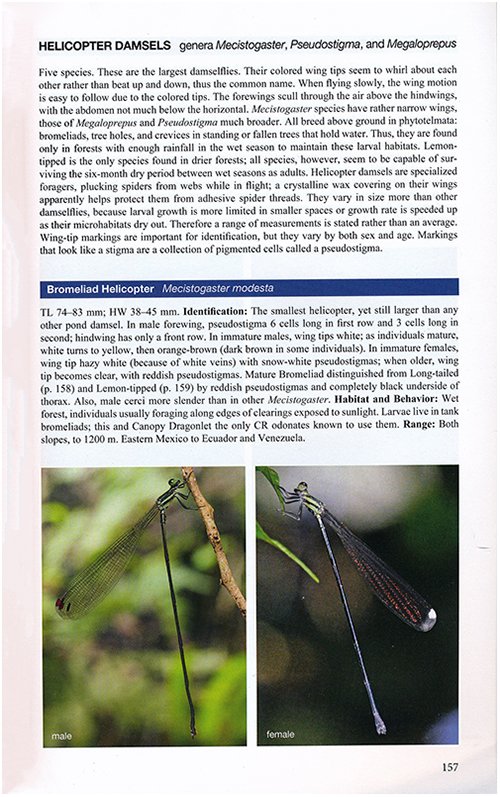
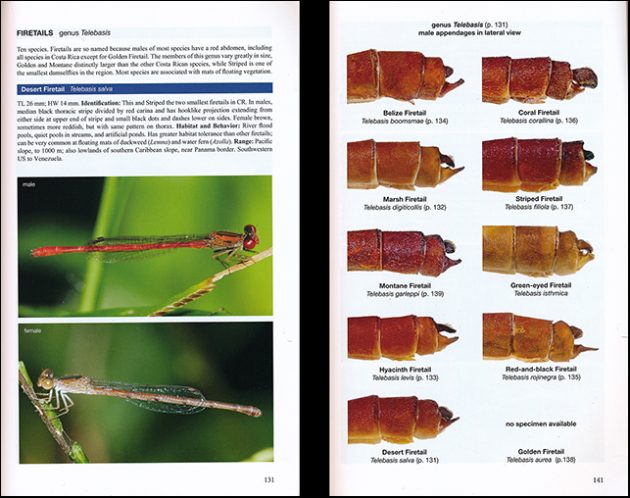



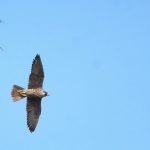
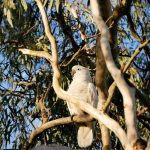
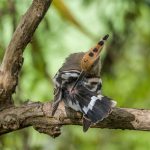
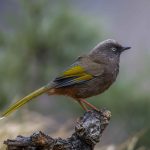

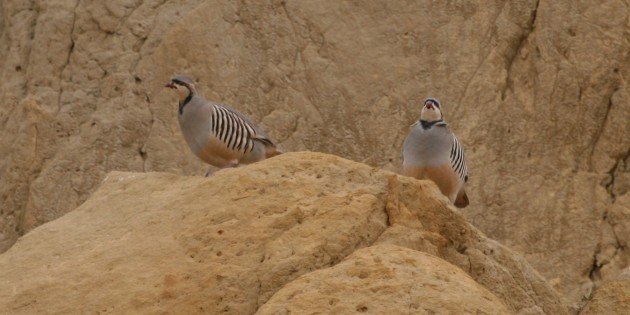
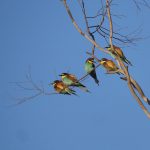
Leave a Comment